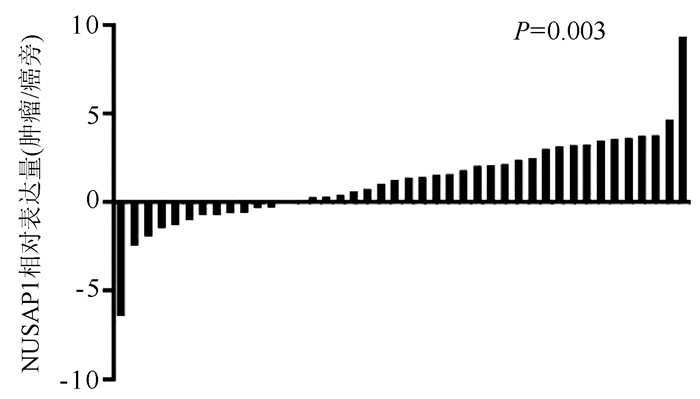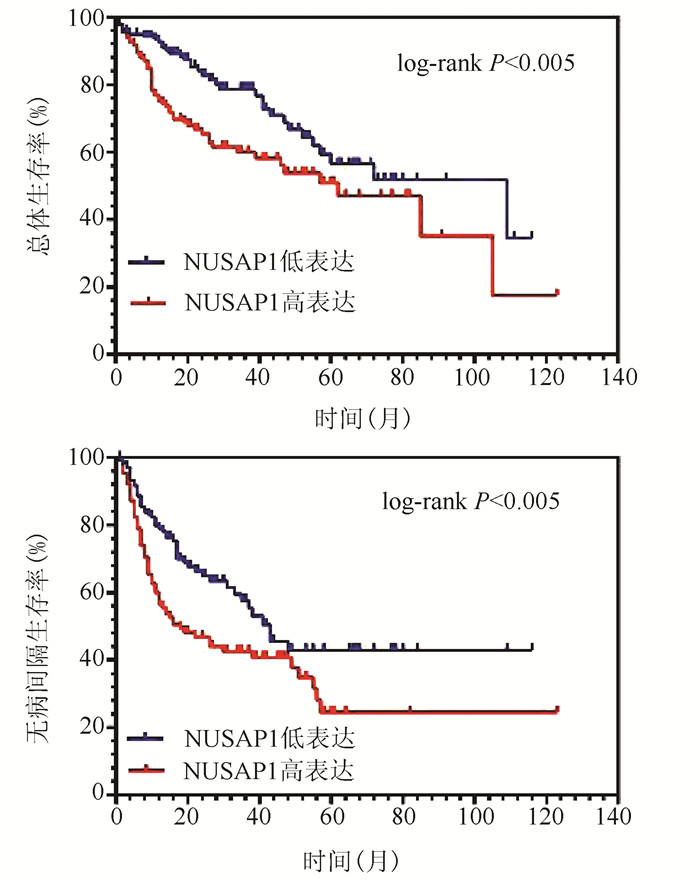|
[1] Liver Failure and Artificial Liver Group, Chinese Society of Infectious Diseases, CMA; Severe Liver Disease and Artificial Liver Group, Chinese Society of Hepatology, CMA. Guideline for diagnosis and treatment of liver failure[J]. Chin J Clin Infect Dis, 2012, 5 (6) :321-327. (in Chinese) 中华医学会感染病学分会肝衰竭与人工肝学组, 中华医学会肝病学分会重型肝病与人工肝学组.肝衰竭诊治指南 (2012年版) [J].中华临床感染病杂志, 2012, 5 (6) :321-327.
|
|
[2] ALAM A, CHUN SUEN K, MA D. Acute-on-chronic liver failure:Recent update[J]. J Biomed Res, 2017, 31 (3) :1-18.
|
|
[3] SMYK DS, MAVROPOULOS A, MIELI-VERGANI G, et al. The role of invariant NKT in autoi-mmune liver disease:Can vitamin D act as an immunomodulator?[J]. Can J Gastroenterol Hepatol, 2018:8197937.
|
|
[4] SIDDIQUI S, VISVABHARATHY L, WANG CR. Role of group 1CD1-restricted T cells in infectious disease[J]. Front Immunol, 2015, 6:337.
|
|
[5] BAE EA, SEO H, KIM IK, et al. Roles of NKT cells in cancer immunotherapy[J]. Arch Pharm Res, 2019, 42 (7) :543-548.
|
|
[6] SASIDHARAN NAIR V, TOOR SM, TAHA RZ, et al. DNA methylation and repressive histones in the promoters of PD-1, CTLA-4, TIM-3, LAG-3, TIGIT, PD-L1, and galectin-9 genes in human colorectal cancer[J]. Clin Epigenetics, 2018, 10 (1) :104.
|
|
[7] WANG L, ZHAO CN, PENG QX, et al. Expression levels of CD28, CTLA-4, PD-1 and Tim-3 as novel indicators of Tcell immune function in patients with chronic hepatitis B virus infection[J]. Biomed Rep, 2014, 2 (2) :270-274.
|
|
[8] Chinese Society of Hepatology and Chinese Society of Infectious Diseases, Chinese Medical Association. The guideline of prevention and treatment for chronic hepatitis B:A 2015 update[J]. J Clin Hepatol, 2015, 31 (12) :1941-1960. (in Chinese) 中华医学会肝病学分会, 中华医学会感染病学分会.慢性乙型肝炎防治指南 (2015年更新版) [J].临床肝胆病杂志, 2015, 31 (12) :1941-1960.
|
|
[9] BERNSMEIER C, TRIANTAFYLLOU E, BRENIG R, et al. CD14+CD15-HLA-DR-myeloid-derived suppressor cells impair antimicrobial responses in patients with acute-on-chronic liver failure[J]. Gut, 2018, 67 (6) :1155-1167.
|
|
[10] KAMATH PS, WIESNER RH, MALINCHOC M, et al. A model to predict survival in patients with end-stage liver disease[J]. Hepatology, 2001, 33 (2) :464-470.
|
|
[11] LIU J, HILL BJ, DARKO S, et al. The peripheral differentiation of human natural killer T cells[J]. Immunol Cell Biol, 2019, 97 (6) :586-596.
|
|
[12] ZHANG CP, ZHANG D. Mechanism of intrahepatic T lymphocytes in acute liver injury[J〗]. J Clin Exp Med, 2017, 16 (22) :2278-2281. (in Chinese) 张春盼, 张栋.肝内T淋巴细胞在急性肝损伤中的作用机制[J].临床和实验医学杂志, 2017, 16 (22) :2278-2281.
|
|
[13] HASHEMI V, DOLATI S, HOSSEINI A, et al. Natural killer T cells in Preeclampsia:An updated review[J]. Biomed Pharmacother, 2017, 95:412-418.
|
|
[14] PENG LS, MAO FY, ZHAO YL, et al. Altered phenotypic and functional characteristics of CD3+CD56+NKT-like cells in human gastric cancer[J]. Oncotarget, 2016, 7 (34) :55222-55230.
|
|
[15] WERNER JM, LANG C, SCHERER MN, et al. Distribution of intrahepatic T, NK and CD3 (+) CD56 (+) NKT cells alters after liver transplantation:Shift from innate to adaptive immunity?[J]. Transpl Immunol, 2011, 25 (1) :27-33.
|
|
[16] FABIANI S. Hepatitis B virus infection and interferon-inducible protein-10[J]. Clin Ter, 2015, 166 (3) :e188-e196.
|
|
[17] KARLMARK KR, WASMUTH HE, TRAUTWEIN C, et al. Chemokine-directed immune cell infiltration in acute and chronic liver disease[J]. Expert Rev Gastroenterol Hepatol, 2008, 2 (2) :233-242.
|
|
[18] S’ANCHEZ-FUEYO A, TIAN J, PICARELLA D, et al. Tim-3inhibits T helper type 1-mediated auto-and alloimmune responses and promotes immunological tolerance[J]. Nat Immunol, 2003, 4 (11) :1093-10101.
|
|
[19] ELAHI S, NIKI T, HIRASHIMA M, et al. Galectin-9 binding to Tim-3 renders activated human CD4+T cells less susceptible to HIV-1 infection[J]. Blood, 2012, 119 (18) :4192-4204.
|
|
[20] MOORMAN JP, WANG JM, ZHANG Y, et al. Tim-3 pathway controls regulatory and effector T cell balance during hepatitis C virus infection[J]. J Immunol, 2012, 189 (2) :755-766.
|
|
[21] XU Y, WANG ZH, DU XH, et al. Tim-3 blockade promotes i NKT cell function to inhibit HBV replication[J]. J Cell Mol Med, 2018, 22 (6) :3192-3201.
|
|
[22] RONG YH, WAN ZH, SONG H, et al. Tim-3 expression on peripheral monocytes and CD3+CD16/CD56+natural killerlike T cells in patients with chronic hepatitis B[J]. Tissue Antigens, 2014, 83 (2) :76-81.
|
|
[23] XU Q, HIGGINS T, CEMBROWSKI GS. Limiting the testing of AST a diagnostically nonspecific enzyme[J]. Am J Clin Pathol, 2015, 144 (3) :423-426.
|
|
[24] YU JW, SUN LJ, ZHAO YH, et al. Prediction value of model for end-stage liver disease scoring system on prognosis in patients with acute-on-chronic hepatitis B liver failure after plasma exchange and lamivudine treatment[J]. J Gastroenterol Hepatol, 2008, 23 (8 Pt 1) :1242-1249.
|
|
[25] BAO S, ZHENG J, LI N, et al. Role of interleukin-23 in monocyte-derived dendritic cells of HBV-related acute-onchronic liver failure and its correlation with the severity of liver damage[J]. Clin Res Hepatol Gastroenterol, 2017, 41 (2) :147-155.
|









 下载:
下载:








 DownLoad:
DownLoad: